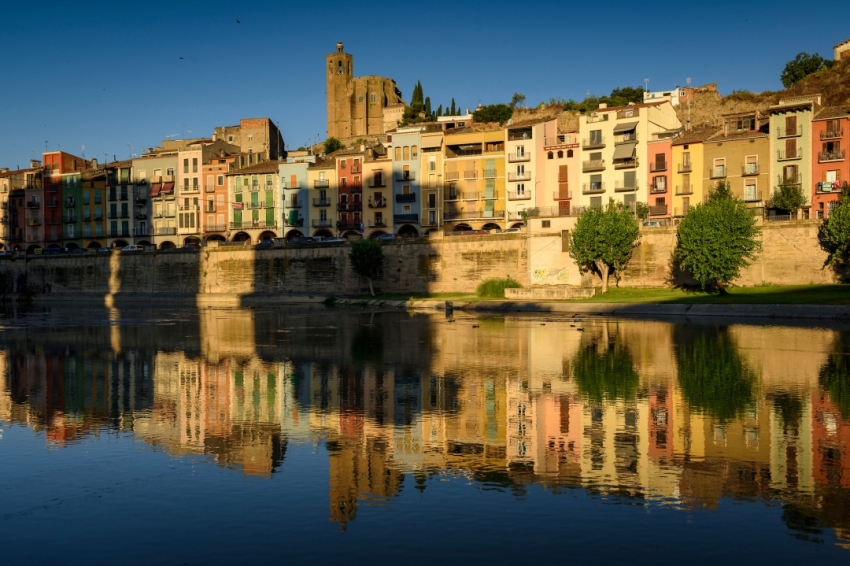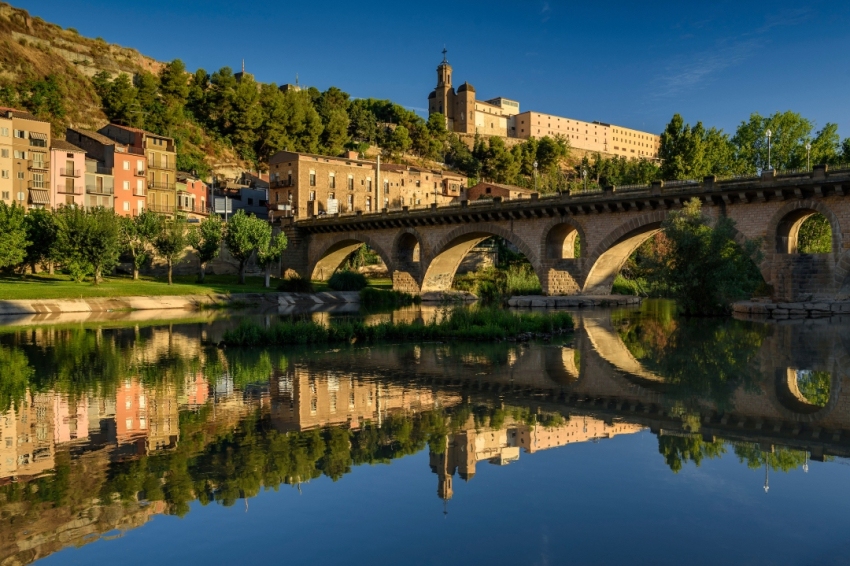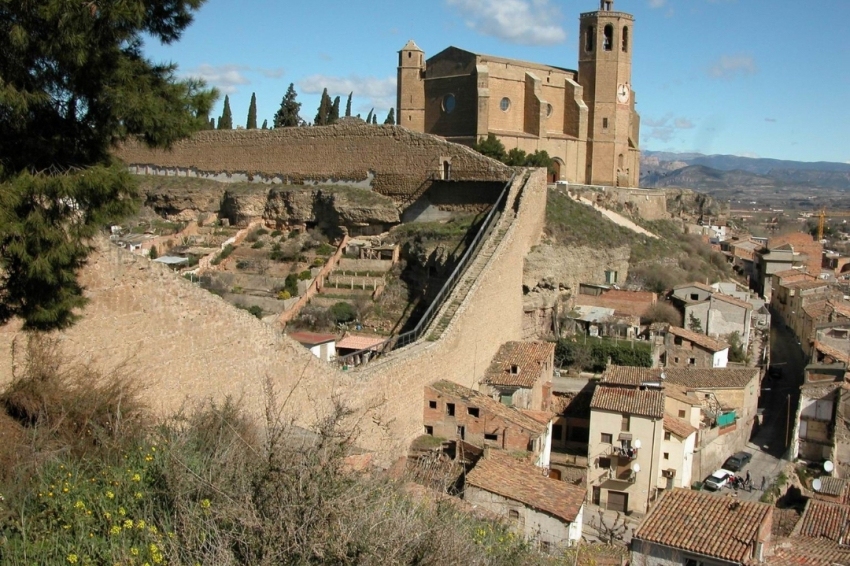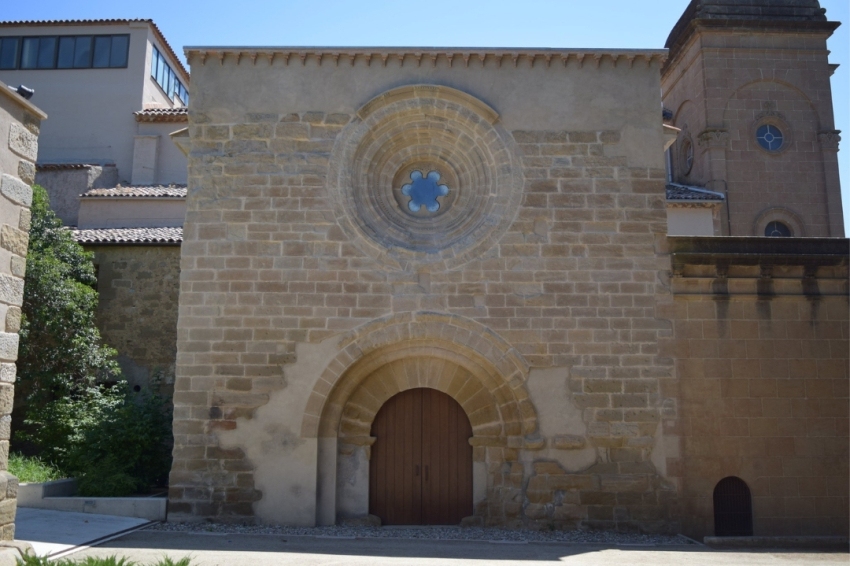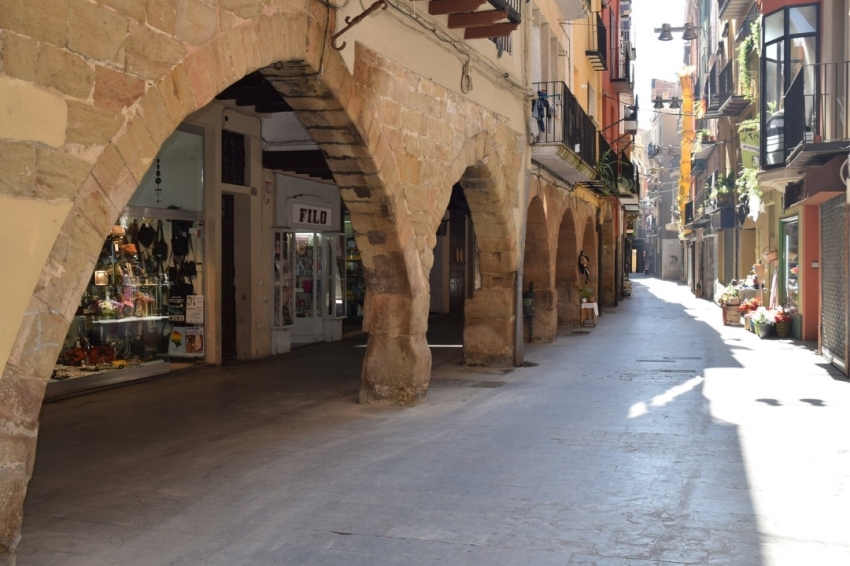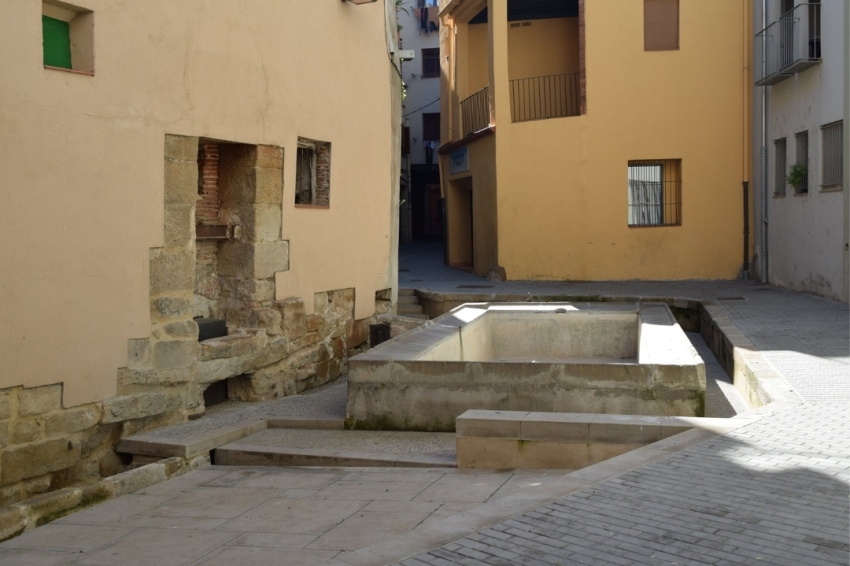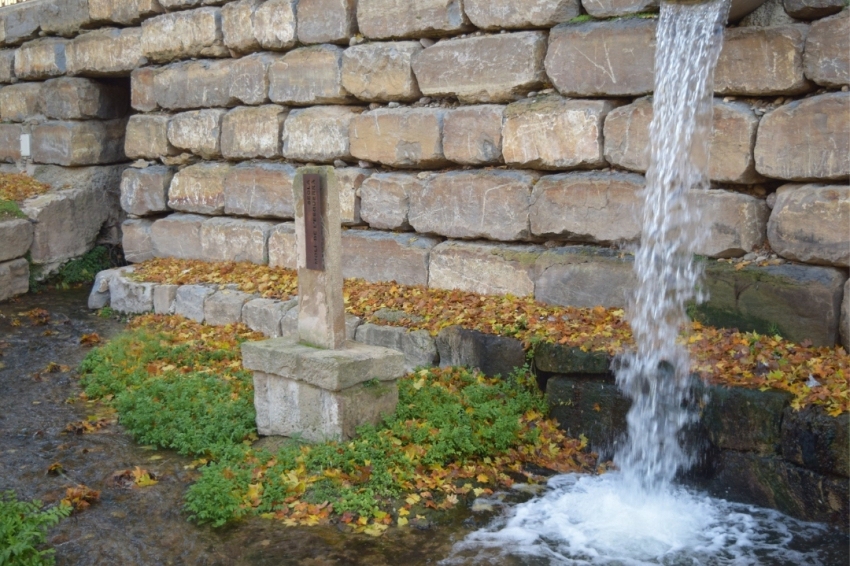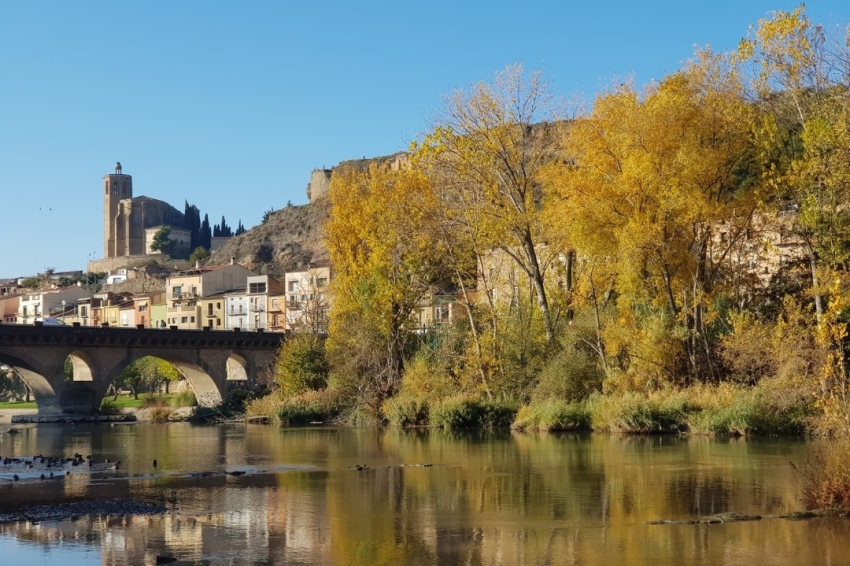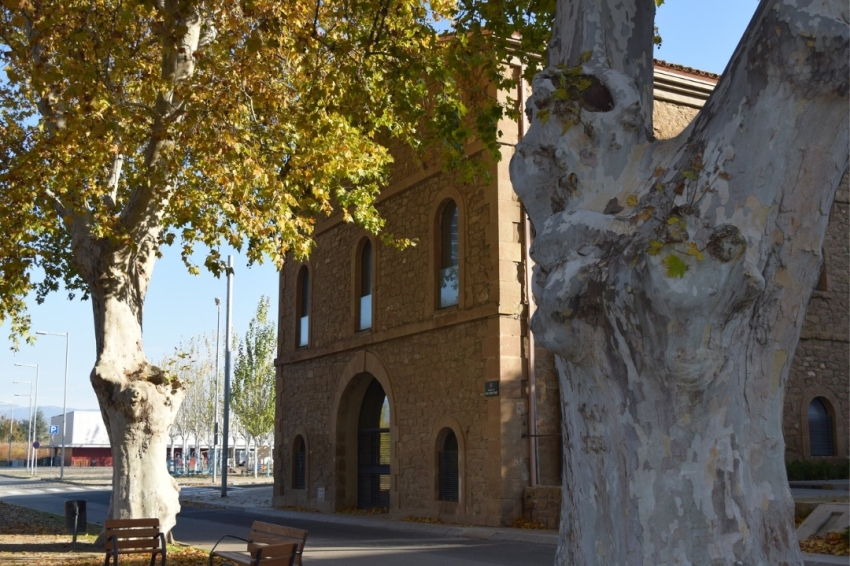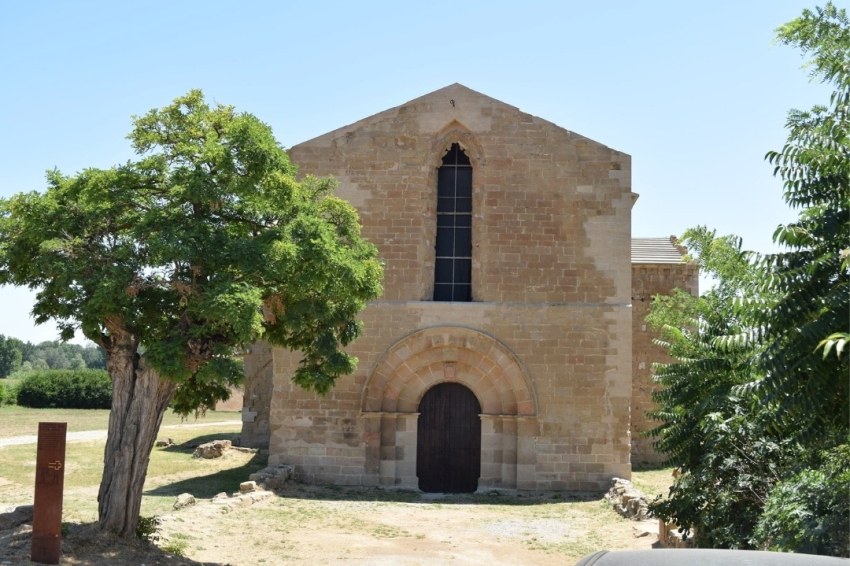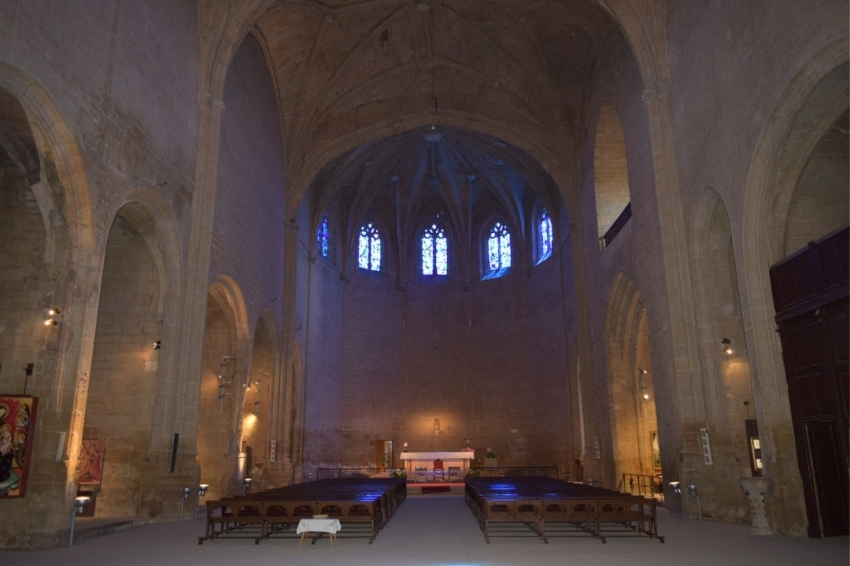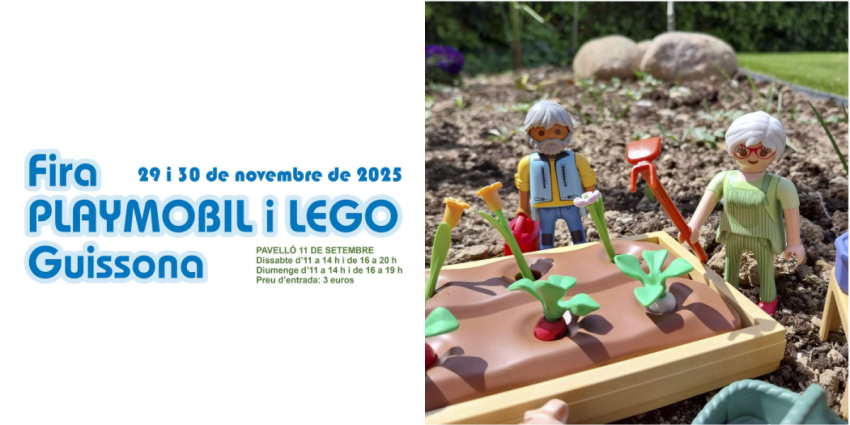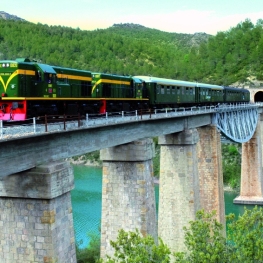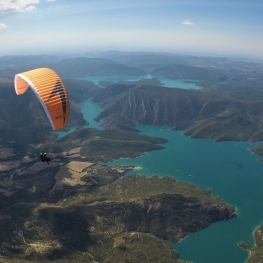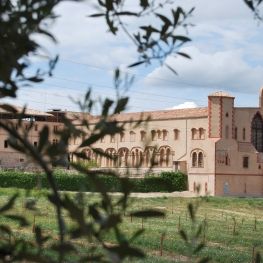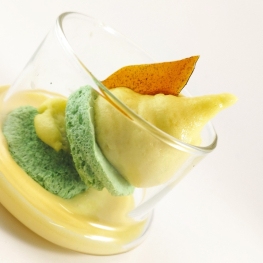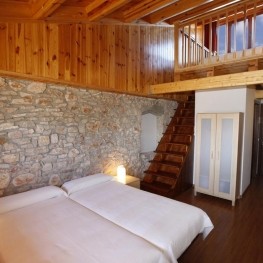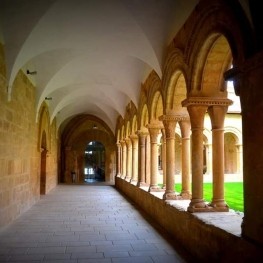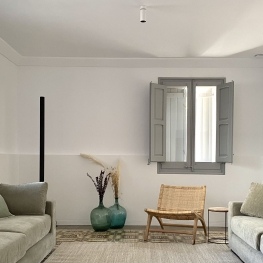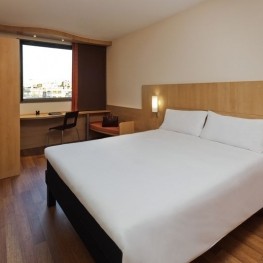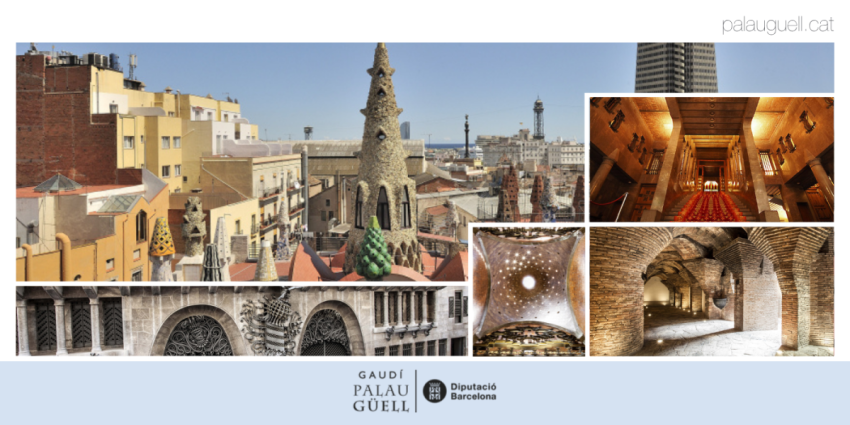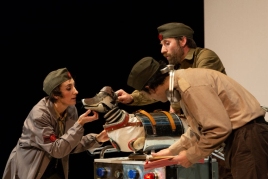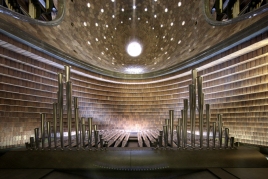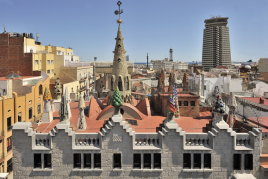Balaguer
Balaguer is the capital of the La Noguera region, which in turn is the largest region in the entire Catalan territory.
Balaguer has its origins in the entry of the Arabs into the peninsula, becoming one of the main cities in the area in the 19th century. XI under Andalusian rule, later becoming a historic city in the County of Urgell. Its history and monuments are the result of its geographical location, since Balaguer is an open door to the Pre-Pyrenees and dominates the Segre River. Furthermore, the use of fertile lands and the construction of basic infrastructure networks for life, such as irrigation ditches or roads, were fundamental for the development of the area.
From its history, a series of witnesses have remained that allow us to know what the city of Balaguer has experienced. Thus, we highlight the church of Santa Maria, which has become the identifying symbol of Balaguer, since it dominates the city from its highest peak and which was declared a Historical-Artistic Monument. We also find Pla d' Almatà, which is a large area of land where the first Arabs in the area settled and which today shows us, as a site, its urban framework and the daily life of its inhabitants. This site was declared a Cultural Asset of National Interest in 2006. Near Pla d' Almatà we find the current Sanctuary of Sant Crist, which was the old Aljama mosque, and was later converted into the Romanesque church of Santa María de Almatà. This architectural complex includes the church, the convent of Poor Clare nuns, the rectory, an inn and a restaurant. Just in front of this architectural complex we find the remains of the Castell Formós or Palacio de la Suda, which was not only a place of defense, but also a stately residence.
The current historic center developed from the 16th century onwards. IX, with successive extensions that we see reflected in the walls that surround it. In this way, Mercadal Square, which is considered the largest medieval arcaded square in Catalonia, was configured from the 14th century onwards. Near this square we will also discover other interior squares and the old public laundry, known as " La Reguereta ". On the other side of the Mercadal, the old Jewish quarter was formed, where the Museo de la Noguera is currently located, one of the most important museums of Islamic art in Catalonia. Also noteworthy on the other side of the Segre River is the monumental complex of Sant Domènec, which is made up of the church, the cloister and the old quarters of the monks, which are currently in a geriatric residence.
PLACES OF INTEREST
Noguera Museum
The Noguera Museum was founded in 1983 with the mission of managing the city's archaeological heritage and establishing research and dissemination links with the territory. It is recognized as a reference for understanding the Andalusian and feudal heritage of the Noguera region, standing out for its importance in Catalonia due to the quantity and quality of the historical remains. On the ground floor, the building houses a Municipal Tourism Office, temporary exhibitions, a library and offices. On the first floor, four rooms dedicate space to various historical periods, from the Marca Superior of al-Andalus to the county of Urgell in the 14th and 15th centuries.
Segre Gold Interpretation Center
St. Mary's Church
The church of Santa Maria was built in 1351 by the Countess Cecilia de Cominges, expanding the old church of Sant Miquel. Consecrated on February 24, 1558, it became the main parish of the city in 1575. With an initially pure Gothic style, its monumental grandeur is notable despite later extensions. It stands out for its south façade with a large door and two symmetrical windows, as well as a 37-meter-high octagonal bell tower. The interior, a single nave 53 meters long, is supported by pointed vaults and houses a notable collection of chapels dedicated to the patrons, with a permanent exhibition of Catalan art known as Arte en Santa Maria.
Basilica of the Holy Christ of Balaguer
The Basilica of San Cristo de Balaguer is a notable example of Catalan Romanesque architecture, located in the city of Balaguer, Lleida. Built during the 11th and 12th centuries, it stands out for its imposing structure with three naves and a transept that culminates in a semicircular apse. Its square bell tower, with mullioned windows, is a characteristic symbol of the time. The interior of the basilica fascinates with its massive columns, semicircular arches and an atmosphere of solidity and serenity that captures the essence of medieval Romanesque art.
Pla de Almatà Archaeological Park
The Pla de Almatà in Balaguer is an outstanding Andalusian site in Catalonia, dating from the 8th to the 15th centuries. It is recognized for its well-preserved wall and the remains of the madina, a planned city with a mosque, market and local residence. Today, the Archaeological Park shows musealized houses and streets, revealing an orderly urban life with residential, industrial and cult areas, along with an important cemetery and a rich collection of everyday objects in the Museo de la Noguera.
Cloister of Sant Domènec
The Convent of Sant Domènec in Balaguer, founded according to the will of Ermengol X in 1314, is an outstanding example of Catalan Gothic architecture. Declared a Cultural Asset of National Interest in 1966, it has undergone several reconstructions after being damaged during the War of Succession and other conflicts. The church has featured a Renaissance façade since 1716 replacing the lost Gothic original, and is notable for its Gothic windows, intricate vault ribs, and a prominent vault keystone in the apse.
Walls
The walls of Balaguer reveal three different stages of construction. Pla d'Almatà preserves the original walls from the 8th century, making use of stone blocks and walls. The 9th century wall surrounded its historic center with large stone blocks in a longitudinal and transverse arrangement. The reconstruction of the 14th century expanded and fortified the defenses with masonry and lime mortar, highlighting the Portals of Ice and Albesa, which are still preserved. Visitors can explore this historic structure from Calle de la Botera to Portal del Gel, passing through Calle de la Muralla or Calle de la Cruz, and also discover other sections near the Castell Formós and in the Firal neighborhood near the cemetery.
Formos Castle
The Balaguer castle, known as Castell Formós since the late Middle Ages, has a documented foundation in 897 AD according to Ibn Hayyan. In the middle of the 11th century, a palace was added decorated with refined polychrome plaster ataurics with vegetal, geometric and epigraphic motifs from the al-Quran. Little is known about its internal distribution, but it is known that it included an apricot and a gallery with multi-lobed arches facing the Segre River. After the conquest of the 12th century, the counts of Urgell occupied the palace until the 14th century, when renovations were carried out that included gardens watered by water channels made of Moorish ceramics from Manises-Paterna. The structure was devastated in 1413 during the war between Jaime II of Urgell and Fernando I of Antequera.
Church of the Frankish
The monastery of Santa María de las Franqueses, founded in 1186 by the Countess of Urgell, Dolça de Foix, is an outstanding example of Cistercian architecture. With a Latin cross plan, it stands out for its barrel and pointed vaults. Although only the church remains intact, you can see remains of the cloister and other spaces such as the cellar. Recent excavations have revealed parts of the cloister and possible annexed rooms such as the chapter house and the rectory. The building has three access doors, highlighting a rose window with a double splendor on the north façade, adorned with five rings and a dust cover both inside and outside.
You may also be interested in: Walk through the 'Viles Florides' of Catalonia!
What to do
Mas de Colom, Casa Borges
Tàrrega (a 29.5 Km)The former convent and farmhouse are located on the Mas de Colom…
Where to eat
El Dien Restaurant
Vallfogona de Balaguer (a 4.4 Km)We love cooking, and we love our customers to receive on the…
Hotel-Restaurant Port d'Àger
Àger (a 22.1 Km)The hotel is designed to accommodate families, friends, and corporate groups, as…
Where to sleep
Monestir de les Avellanes
Os de Balaguer (a 10.2 Km)An ancient 12th century abbey adapted to the needs of the 21st…
Cal Guineueta
Cubells (a 13.9 Km)A late 19th-century family home recently renovated as a holiday home, close…
Hotels Ibis Lleida
Lleida (a 25.1 Km)Our Ibis hotel in Lleida is integrated into the commercial area of…
Hotel-Restaurant Port d'Àger
Àger (a 22.1 Km)The hotel is designed to accommodate families, friends, and corporate groups, as…

